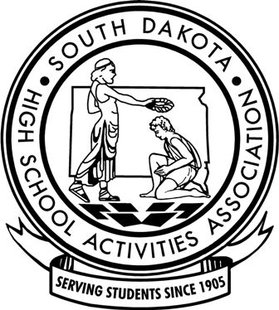Delaware High Schools Give A Look Into The Effect Of Gate Receipts
Taking into account that athletics are funded 100 percent by local taxpayers, save for salaries, it’s no mystery why schools charge for admission to sporting events, even middle school games.
The Indian River School District charges $5 for high school football, boys soccer, field hockey, wrestling and boys and girls basketball and $2 for middle school football, boys soccer, field hockey and boys and girls basketball. An individual can buy a season ticket for all sports in all schools for $25 and a family can purchase tickets for $75.
“If you go much higher than $5, you’re going to start losing attendance,” said IR athletic director Todd Fuhrmann. “(That’s) about the limit for that.”
The Cape Henlopen School District charges $4 for high school football, boys and girls soccer, field hockey, volleyball, boys and girls basketball, wrestling and boys and girls lacrosse. Season tickets are $25 for adults and $20 for students. The district doesn’t charge admission for middle school sports.
“We just don’t want to charge for middle school games,” said Cape athletic director Bob Cilento. “To do it, you have to hire people to collect the money, and we don’t have a way to control the entrance at the middle schools.”
In 2009-2010, according to the district’s budget, Cape brought in just more than $43,000 from gate receipts and allocated $225,000 to athletics. IR brought in $92,372 in the 2009-2010 school year, but just $74,243 last year, which district Chief Financial Officer Patrick Miller said isn’t an atypical fluctuation.
“Sometimes when you have inclement weather for a large game, that could be $10,000 to 12,000 lost,” he said. “Last year, we had a lot of inclement weather.”
A fraction of IR’s ticket revenues comes from middle school games — last year the three middle schools in the district combined for $6,683, Miller said, which doesn’t include season ticket sales — but middle school sports alone were allocated $204,976.
“(Charging for tickets to middle school sports) is an attempt to generate some revenue to offset the cost, but in no way, shape or form does it actually come close to offsetting,” Miller said. “Ticket revenues are less than 2 percent of the budget.”
Athletics are funded entirely through local funds — taxpayer dollars, ticket revenue, concessions and donations — so when budget cuts are handed down, they’re often one of the first things on the chopping block.
At Cape, the district recently underwent a series of budget cuts, and Cilento said the department had to tighten its belt, even charging every student athlete $50 to play so as to not lose an edge or, worse, a sport. With the growth of athletic booster organizations, the cuts haven’t had as severe an effect as they could.
“Athletics are extremely important here,” Cilento said. “It’s part of the overall academic experience, and we have a good following. We’ve been very fortunate.”







